
The National Transportation Safety Board said on Tuesday that a loose wire led to a power failure on the cargo ship Dali that crashed into Baltimore's Francis Scott Key Bridge in March 2024, killing six people and wrecking the bridge.The NTSB is holding a hearing in Washington to determine the probable cause of the incident that killed six construction workers on the bridge.
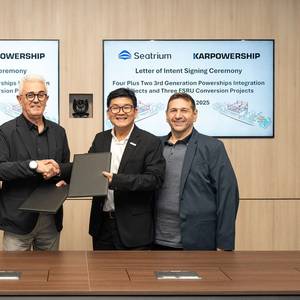
Seatrium Limited signed a Letter of Intent (LOI) with Karpowership, a global energy company and the owner, operator, and builder of the world’s largest Powership (floating power plant) fleet.Under the LOI, Seatrium will carry out the integration of four New Generation Powerships, with an option for two additional units.
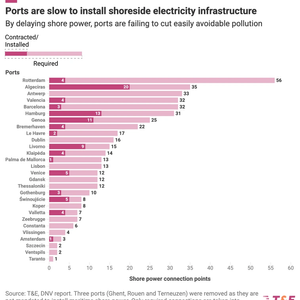
Most European ports are lagging in installing the shore-side electrical infrastructure needed for ships to switch from highly polluting marine fuel to cleaner electricity while docked, a new study showed on Tuesday.European Union environmental rules have set a 2030 deadline for maritime ports to install the infrastructure to provide what is known as onshore power supply (OPS).
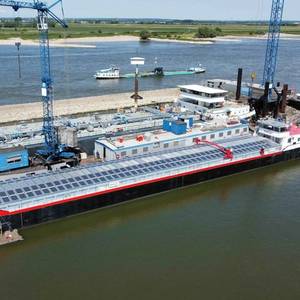
Dutch maritime solar innovator Wattlab has delivered a solar energy system for HGK Shipping’s inland shipping cargo vessel Blue Marlin. The vessel’s 192 solar panels will provide power to both the onboard and propulsion systems, making the Blue Marlin the first inland shipping vessel in the world capable of hybrid sailing with solar power.
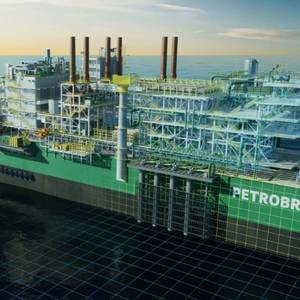
ABB has secured a large order by Seatrium, a global provider of marine engineering solutions based in Singapore, for the supply of electrical equipment and automation solutions on a new generation of floating production storage and offloading (FPSO) vessels for operator Petrobras.The two vessels, P-84 and P-85, will be deployed in the Atapu and Sépia fields
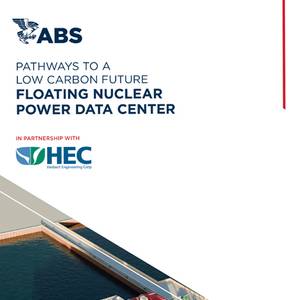
How can the global energy grid keep pace with fast-growing demand from new data centers supporting artificial intelligence (AI) and cloud computing? Nuclear energy and coastal waters offer a potential answer.The potential for floating nuclear-powered data centers is explored in depth in the latest research from ABS and Herbert Engineering.
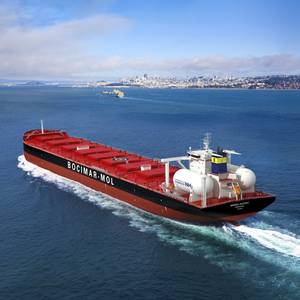
Belgian oil tanker group CMB.TECH has signed an agreement with Mitsui O.S.K. Lines (MOL) and MOL Chemical Tankers (MOLCT) for nine ammonia-powered vessels.The vessels will be among the world's first ammonia-powered Newcastlemax bulk carriers and chemical tankers. The delivery of these ships is expected between 2026 and 2029.The landmark agreement between MOL/MOLCT, and CMB.
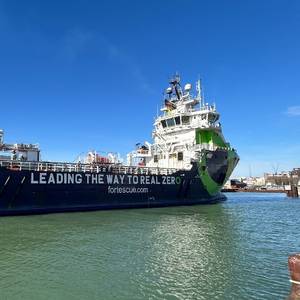
The Singapore-flagged dual-fuel ammonia-powered vessel Fortescue Green Pioneer has arrived in the U.K. to demonstrate the viability of ammonia as a sustainable marine fuel.The vessel is the first of its kind, powered by four-stroke engines, two of which are capable of being fueled by ammonia and diesel.
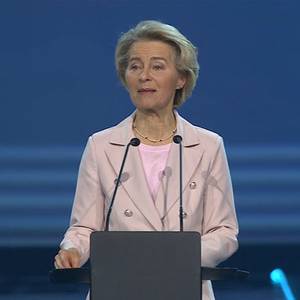
The Baltic states of Estonia, Latvia and Lithuania completed a switch from Russia's electricity grid to the EU's system on Sunday, severing Soviet-era ties amid heightened security after the suspected sabotage of several subsea cables and pipelines.European Commission President Ursula von der Leyen hailed the move, years in the planning, as marking a new era of freedom for the region

In an article by Rhonda Moniz published this week on MarineLink, Siemens sales executive Ed Schwarz noted the flexibility provided by an electric distribution “backbone” that enables ferry operators to add more batteries, switch to new fuels or become 100% emission free with fuel cells.

The multi-purpose vessel Prima Verde, said to be the world’s first vessel able to run on marine gas oil (MGO) and wind assisted propulsion simultaneously, has been delivered.Operated by Mitsui O.S.K. Lines (MOL) company MOL Drybulk and owned by Daishin Shipping, the vessel), was delivered at Onomichi Dockyard.
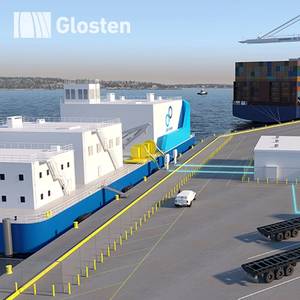
CORE POWER (US) Inc. has engaged with Glosten to help its team design a floating nuclear power plant (FNPP) to power U.S. ports. Created by CORE POWER, the FNPP concept is a nearshore infrastructure system that includes a barge-based nuclear power plant, barge support services, electrical grid integration, and operational teams.